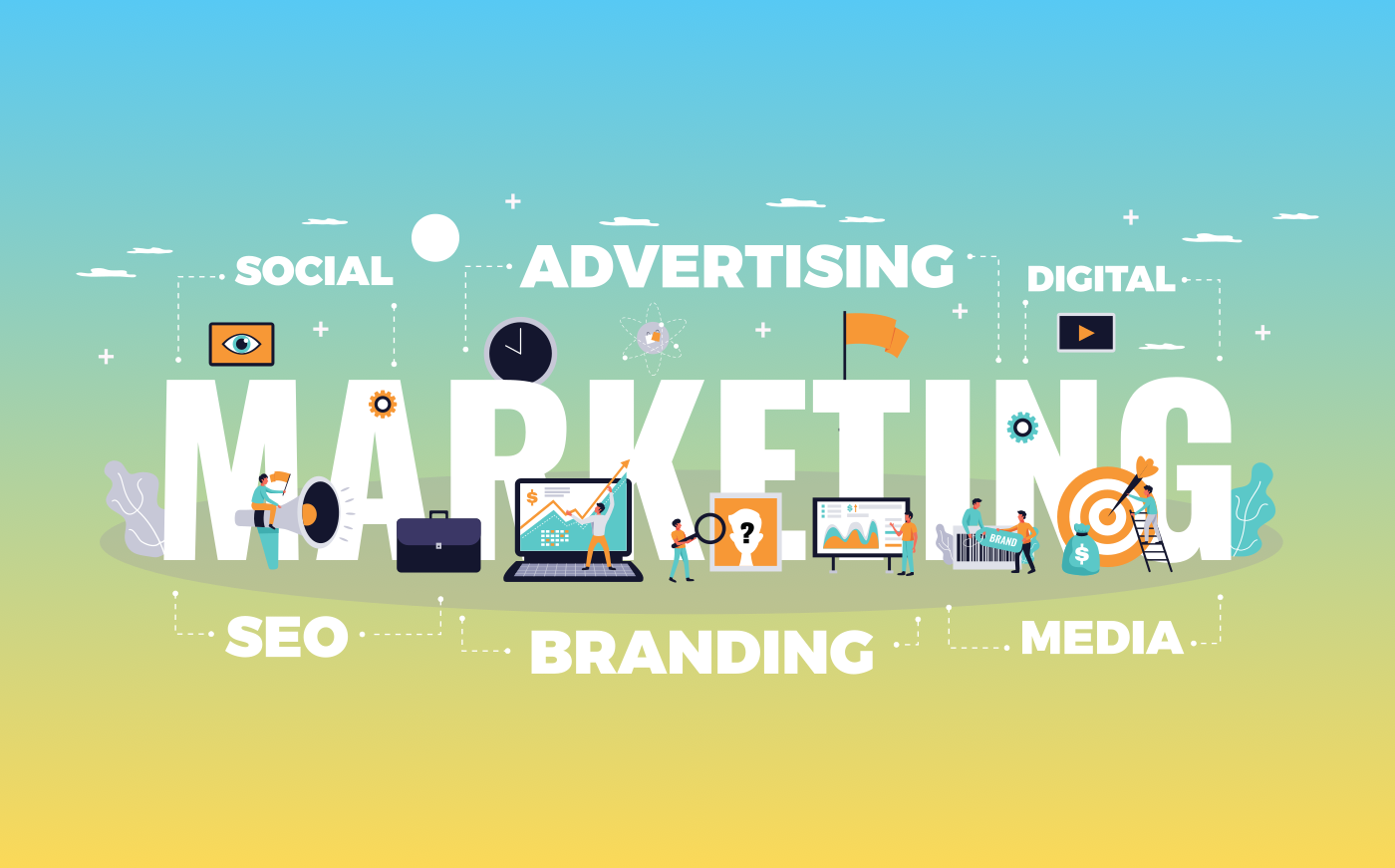In today’s highly competitive digital landscape, grabbing a visitor’s attention is critical. Pop-ups have long been a go-to strategy to increase conversions, capture emails, promote offers, and reduce bounce rates. But there’s a fine line between engaging your users and driving them away. Misused, pop-ups can feel intrusive and spammy. Used wisely, however, they can be powerful tools in any marketer’s arsenal. If you’re exploring strategies in Digital Marketing Courses in Pune, learning how to use pop-ups effectively—without annoying users—is a must-have skill.
This article will explore what makes a good pop-up experience, when and how to deploy pop-ups, tools you can use, and real-world best practices that balance user experience with conversion goals.
What Are Pop-Ups in Digital Marketing?
Pop-ups are graphical user interface elements that appear on top of a website’s content to prompt users to take action. They can range from email signup forms to discount code offers, content downloads, exit-intent messages, and more. While they are effective, they can also disrupt the user journey if not handled correctly.
Why Use Pop-Ups at All?
Despite their bad reputation, pop-ups can be extremely effective when deployed strategically. Here are some proven benefits:
- Higher Conversion Rates: Studies show that pop-ups can improve email opt-in rates by up to 3X compared to static sign-up forms.
- Better Lead Generation: Well-designed pop-ups can be tailored to capture leads with specific interests.
- Customer Retention: Exit-intent pop-ups can recover abandoning visitors with last-minute deals or free shipping.
- Encourage Action: Immediate calls to action (CTA) during the user journey can nudge users in the right direction.
So the challenge isn’t whether to use pop-ups—it’s how to use them wisely.
Types of Pop-Ups
Understanding the types of pop-ups helps marketers choose the right format for the right audience at the right time.
- Entry Pop-Ups
These appear as soon as a user lands on your page. They can be useful for time-sensitive offers but can also annoy first-time visitors if not used carefully.
- Exit-Intent Pop-Ups
These detect when a user is about to leave and display a message or offer. Great for reducing cart abandonment or providing final encouragement.
- Scroll-Triggered Pop-Ups
Activated when a user scrolls down a specific percentage of the page, indicating engagement.
- Time-Delayed Pop-Ups
Appear after a user has spent a certain amount of time on the page—usually between 30 to 60 seconds.
- Click-Triggered Pop-Ups
Triggered by user actions like clicking a button or link. These are generally the least intrusive and offer better UX.
How to Use Pop-Ups Without Annoying Users
- Understand User Intent
Before showing a pop-up, consider where the user is in their journey. Someone landing on your homepage doesn’t want to be bombarded with offers instantly. Someone reading your blog may be more receptive after scrolling through content.
Best Practice: Trigger pop-ups only after meaningful user engagement, like 50% scroll or 45 seconds on-site.
- Use Exit-Intent Technology
Exit-intent pop-ups are less disruptive since they only appear when users show signs of leaving. This method gives you a last chance to offer value before they disappear—without interrupting their experience.
Example Offers:
- Discount codes
- Free guides
- “Wait! Don’t leave empty-handed” messages
- Segment Your Audience
Don’t show the same pop-up to every visitor. Use segmentation tools to tailor pop-ups based on user behavior, source, or location.
Examples:
- New visitor vs. returning visitor
- Desktop vs. mobile user
- User from Google Ads vs. social media
Segmentation helps make pop-ups feel more personalized and less robotic.
- Keep the Design Clean and On-Brand
Avoid aggressive colors or auto-playing videos. Pop-ups should blend with your website’s overall design and should not appear “scammy.”
Design Tips:
- Use minimal text
- Add trust badges
- Highlight the CTA button
- Include an easy-to-see exit (X) icon
- Don’t Overload with Forms
The more fields you ask users to fill in, the less likely they are to complete the form. Stick to the essentials: name and email, or just email.
Bonus Tip: Use two-step pop-ups where the first click simply says “Yes, I want the guide,” which then opens the email field. This increases conversions by using micro-commitments.
- Respect Mobile Users
Google penalizes sites that show intrusive interstitials (pop-ups) on mobile. To stay compliant and user-friendly:
- Use smaller pop-ups
- Avoid full-screen blocks
- Trigger pop-ups after clear engagement
- Frequency Control
Don’t show the same pop-up on every page or visit. Set cookies or session rules to limit how often a user sees a pop-up in a given session or week.
Good Rule: Show once per session or once every 3 days.
- A/B Test Your Pop-Ups
Use A/B testing to optimize design, copy, timing, and CTA buttons. Small tweaks—like changing “Sign Up” to “Get My Free eBook”—can lead to big improvements in conversion.
What to Test:
- Headline
- CTA Button Text
- Visual layout
- Delay time
- Offer type
- Offer Real Value
If your pop-up is offering something valuable, users are less likely to be annoyed. Give them:
- Exclusive discounts
- Free shipping
- Access to members-only content
- Useful downloads or guides
Pop-ups should help users, not just help your metrics.
- Track Performance and Adjust
Use tools like Google Analytics, Hotjar, or your email marketing platform to monitor how your pop-ups perform.
Key Metrics:
- Conversion rate
- Bounce rate
- Exit rate
- Engagement time
If your bounce rate spikes after enabling a pop-up, you may need to revise its timing or message.
Tools to Create User-Friendly Pop-Ups
Here are some popular tools that help marketers design intelligent, targeted pop-ups:
| Tool | Best For | Features |
| OptinMonster | Lead generation | Exit-intent, drag-and-drop builder, A/B testing |
| Sleeknote | E-commerce | Personalized pop-ups, segment targeting |
| Poptin | Bloggers and small business | Multi-step pop-ups, scroll and time triggers |
| Sumo | Bloggers | List building and smart bars |
| Mailmunch | Email marketing | Integrates with major platforms, customizable forms |
These tools offer built-in controls to prevent overuse and improve the user experience.
Real-World Examples
- HubSpot
They use pop-ups on their blog only after a user has spent 30+ seconds reading an article. It usually offers a free template or guide relevant to the topic.
- Shopify
Shopify uses exit-intent pop-ups to offer users a free trial just before they close the tab.
- Backlinko
Backlinko uses scroll-based pop-ups to offer SEO guides, making them contextually relevant to readers.
Common Mistakes to Avoid
- Instant pop-ups on page load
- Full-page interstitials on mobile
- No clear close button
- Repeating the same pop-up across sessions
- Generic messaging not tied to user interest
Conclusion
Pop-ups aren’t dead—they just need to evolve. When executed with intention and intelligence, pop-ups can delight users, generate leads, and boost conversions without causing frustration. The key lies in thoughtful timing, valuable content, personalization, and respect for user experience.
For those mastering their skills through Digital Marketing Courses in Pune, understanding the science behind high-converting and user-friendly pop-ups is a vital part of modern web strategy. These insights can be the difference between a mediocre campaign and one that significantly improves your conversion metrics.
If you’re serious about learning more technical and strategic aspects of user engagement, join a reputed digital marketing institute in Pune that teaches hands-on CRO (Conversion Rate Optimization) tactics, user journey mapping, and behavioral targeting—essential ingredients for crafting effective, non-intrusive pop-up campaigns.



